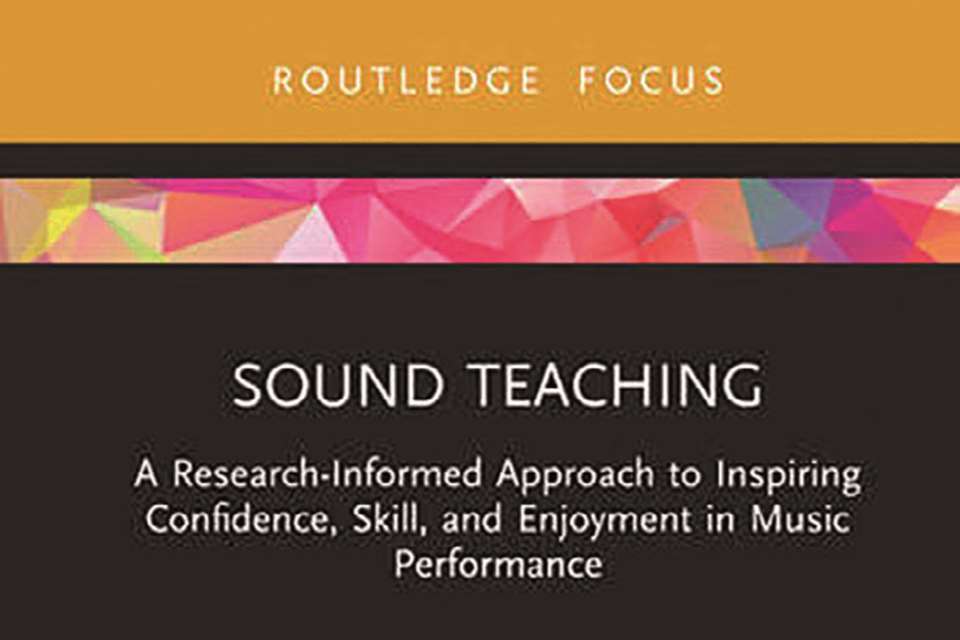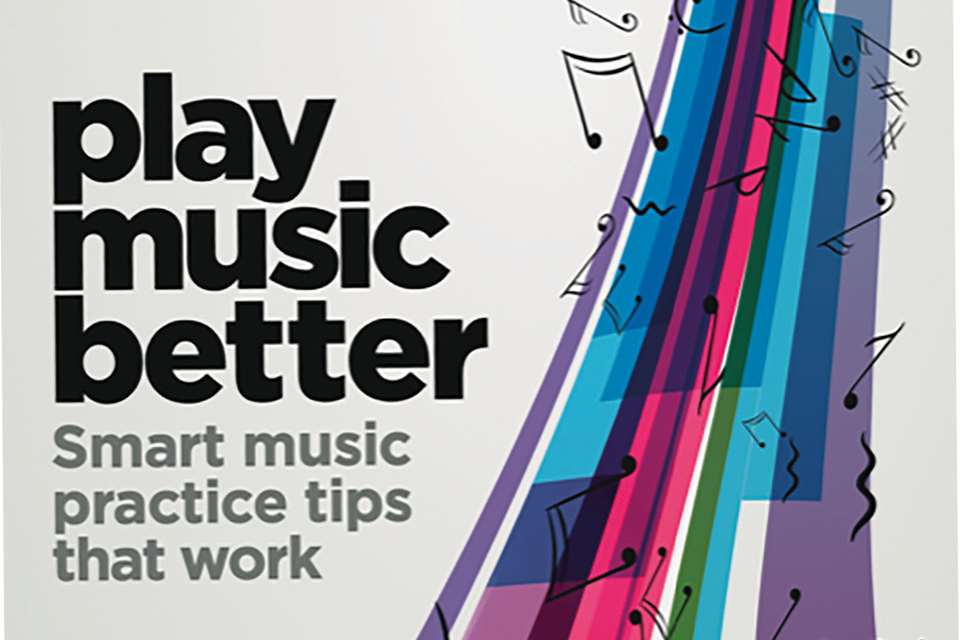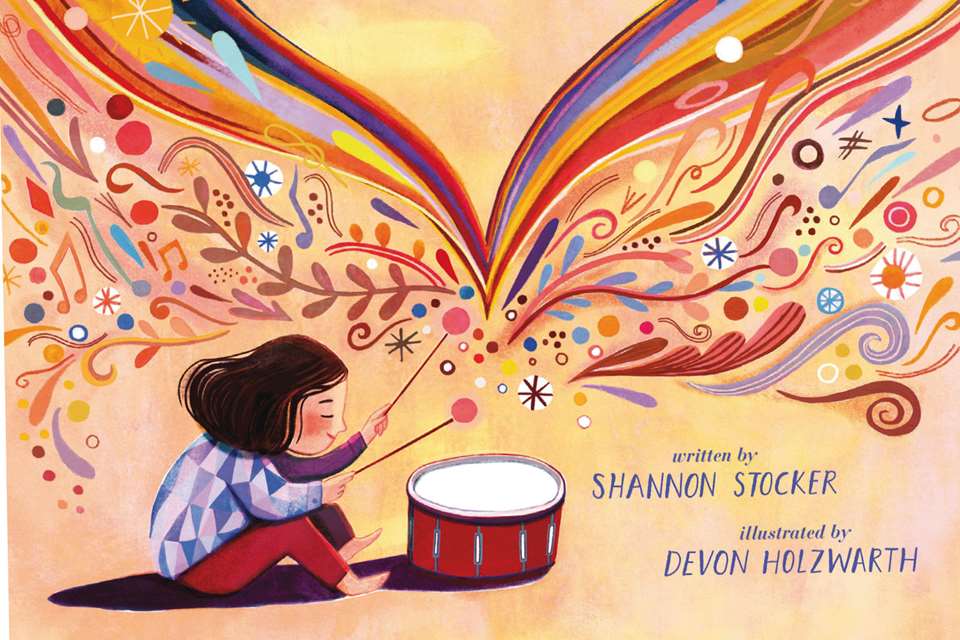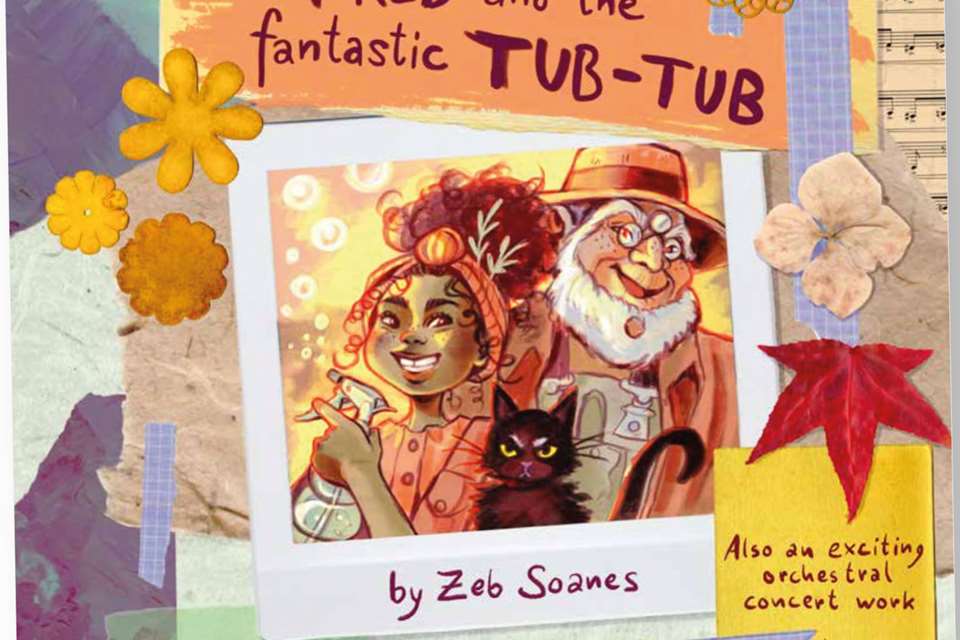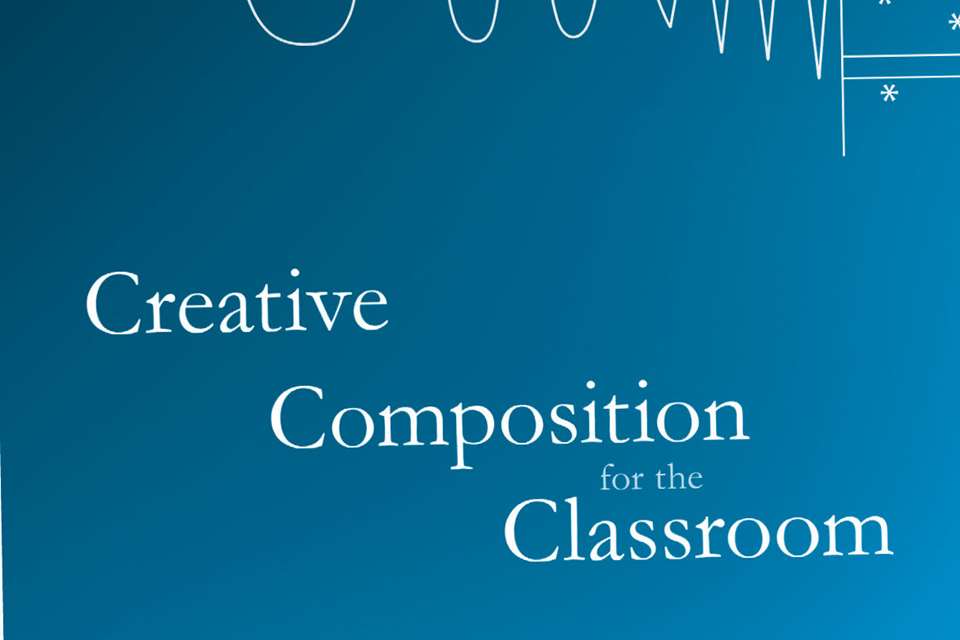Book Reviews: Music, gender, and sexuality studies – A teacher's guide
Claire Jackson
Tuesday, November 1, 2022
Music, gender, and sexuality studies is a new guide for educators by Jacqueline Warwick, as Claire Jackson finds out.
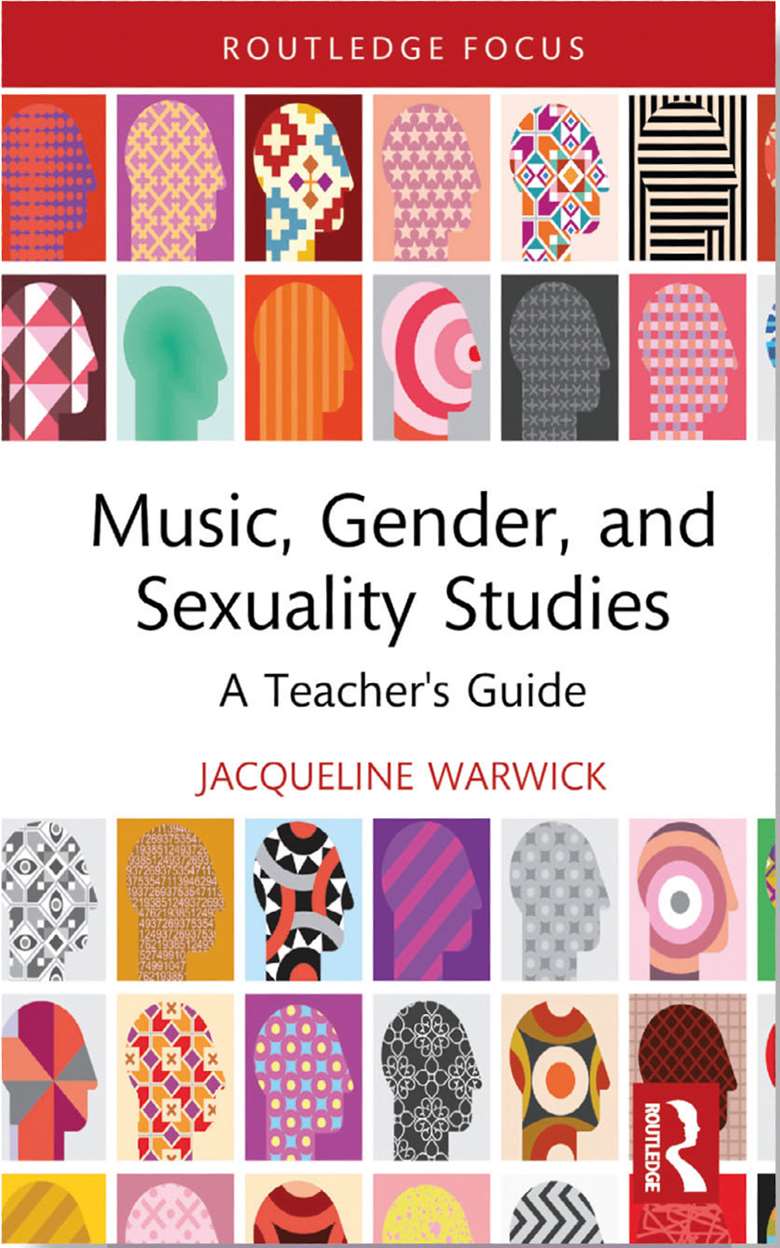
When explaining her rationale for launching La Boîte à Pépites, a new record label dedicated to women composers that has just released previously unheard works by Charlotte Sohy, founder Héloïse Luzzati reflected that her own music education had rarely included work that deviated from the Bach, Beethoven and Brahms model. This modus operandi was disturbed in recent years by modules – and festivals, events and programmes – dedicated to ‘women and music’, but, as Jacqueline Warwick explains in Music, gender, and sexuality studies: A teacher's guide, this categorisation is limiting and already outmoded. Warwick, like many educators and practitioners, encourages exploration beyond the gender binary, incorporating examples that reflect a broader human experience.
Teaching does not necessarily need to be repertoire-led. Although Warwick includes a chapter on composition – one of four sections, alongside ‘Networks’, ‘Performance’ and ‘Audience’ – it is not intended to ‘supplant the multiple lists of queer, female and non-binary composers in genres from jazz to chant to musical theatre’. As MT readers know, there have been numerous attempts over the past five years to diversify course programmes, with exam boards committing (with degrees of success) to bringing variety to prescribed repertoire. Rather than focus on individual pieces and their particular history, Warwick suggests placing works into the musical landscape. The resulting sample lessons – such as that on Berlioz's Symphonie fantastique and masculinity – are creative and compelling.
While Warwick is aiming her guide at undergraduate classes (and the discussion points are therefore most useful when working with older students), this book is invaluable for GCSE and A Level teachers as a reference tool in reframing dated stereotypes. Contemporary literature has sought to dismantle the trope of the Great Composer – a white European cis-male working entirely independently – with books such as Radio 3 presenter Kate Molleson's Sound Within Sound (2022), which profiles 10 figures who challenged established ways of thinking about music but whose names are largely absent from our records. (These include Ruth Crawford Seeger, whose teacher – and later husband – would not permit her to join a gathering of musicologists, telling her if she wanted in on the discussion she could sit on the other side of the door and eavesdrop, and microtonal pioneer Julián Carrillo.)
In ‘Networks’, Warwick illuminates the importance of labour undertaken to enable great artistry, expounding on US scholar and novelist Bruce Holsinger's 2017 Twitter campaign #thanksfortyping, which drew attention to previously unnamed wives who had contributed to important manuscripts. Warwick's sample lessons include a focus on salon culture and how the Salonnières of the 18th and 19th centuries were significant taste makers, with a case study on Pauline Viardot. Female patronage could also be explored through the recitals held by the recently passed Lady Solti, who often opened up her home to up-and-coming musicians (and, occasionally, music journalists seeking interview locations) and, at the other end of the scale, the self-deluded but generous Florence Foster Jenkins, who is portrayed in a 2016 biopic by Meryl Streep.
Warwick weaves in examples from across the centuries, however, lesson materials tend to prioritise 20th-century practitioners. The range of teaching materials referenced – from a BBC documentary on castrati by David Starkey and Nicholas Clapton to Barbie's ballet debut in Swan Lake – are fascinating, as are her musings on Disney princess personas through music, something sure to appeal to Gen Z, creators and consumers of a range of princess parodies (including multiple Instagram accounts that give a feminist slant to the well-worn depiction of meek heroines, such as Snow White giving the finger to the witch offering her the poisoned apple). Again, with some adaptation, this would make an excellent lesson for secondary school students.
With a writing style that is crisp and engaging, the author is careful not to be formulaic with advice – at the same time noting that students might find some of the topics challenging. The current hot potato is that of TERF rhetoric, which is covered with careful balance and sensitivity (essential in the classroom). As Warwick concludes, the study of music history – when viewed with intersectionality – helps us to understand the ‘messy, non-linear path that involves false starts and colossal blunders, rather than a clean, unambiguous account of good and bad’.



